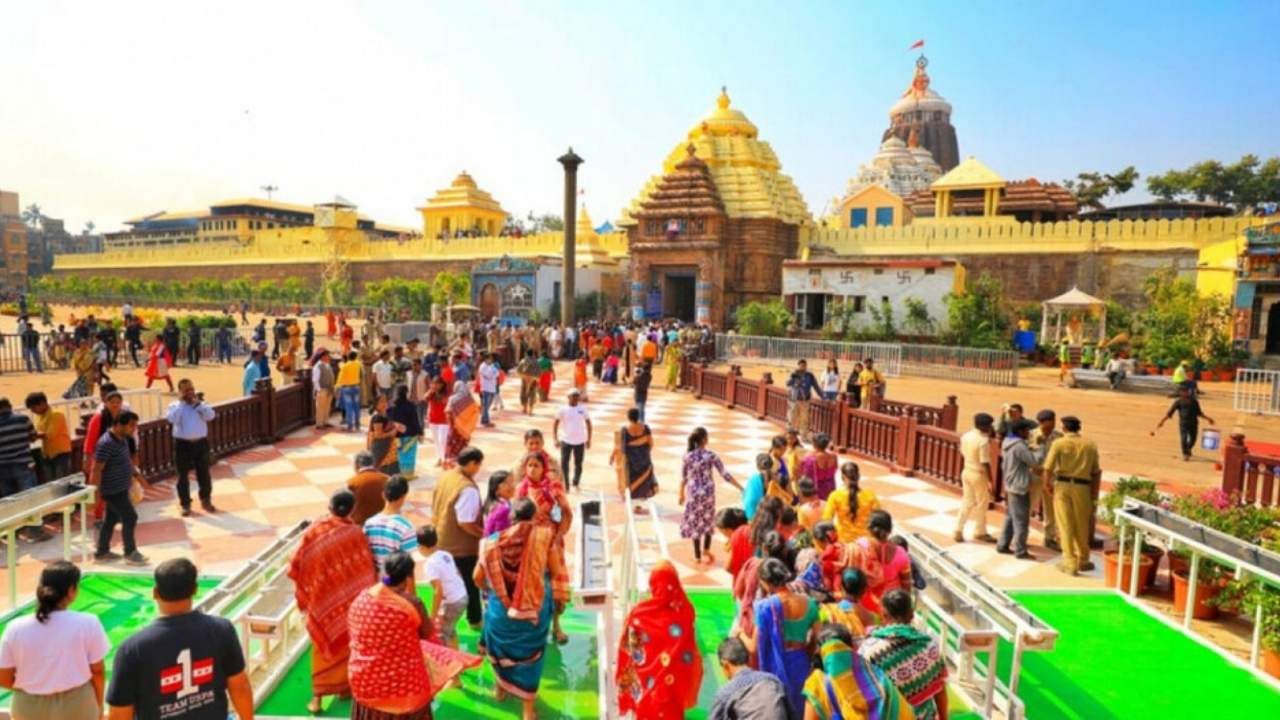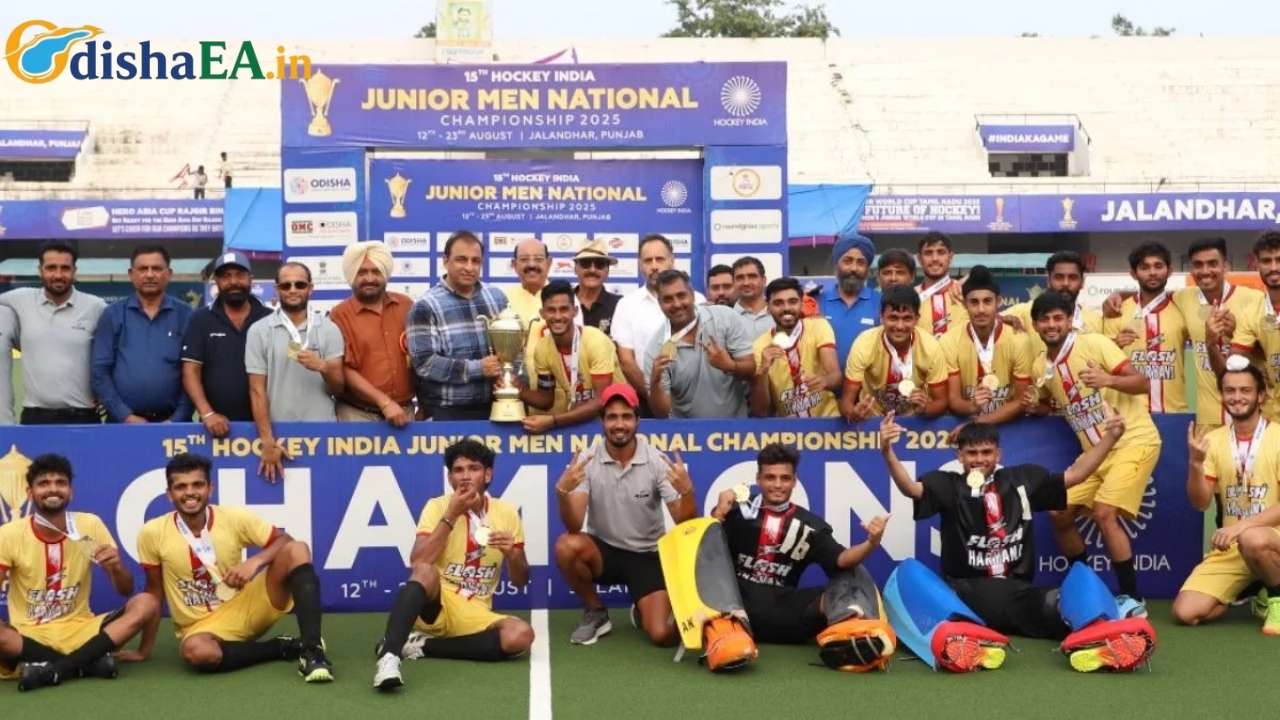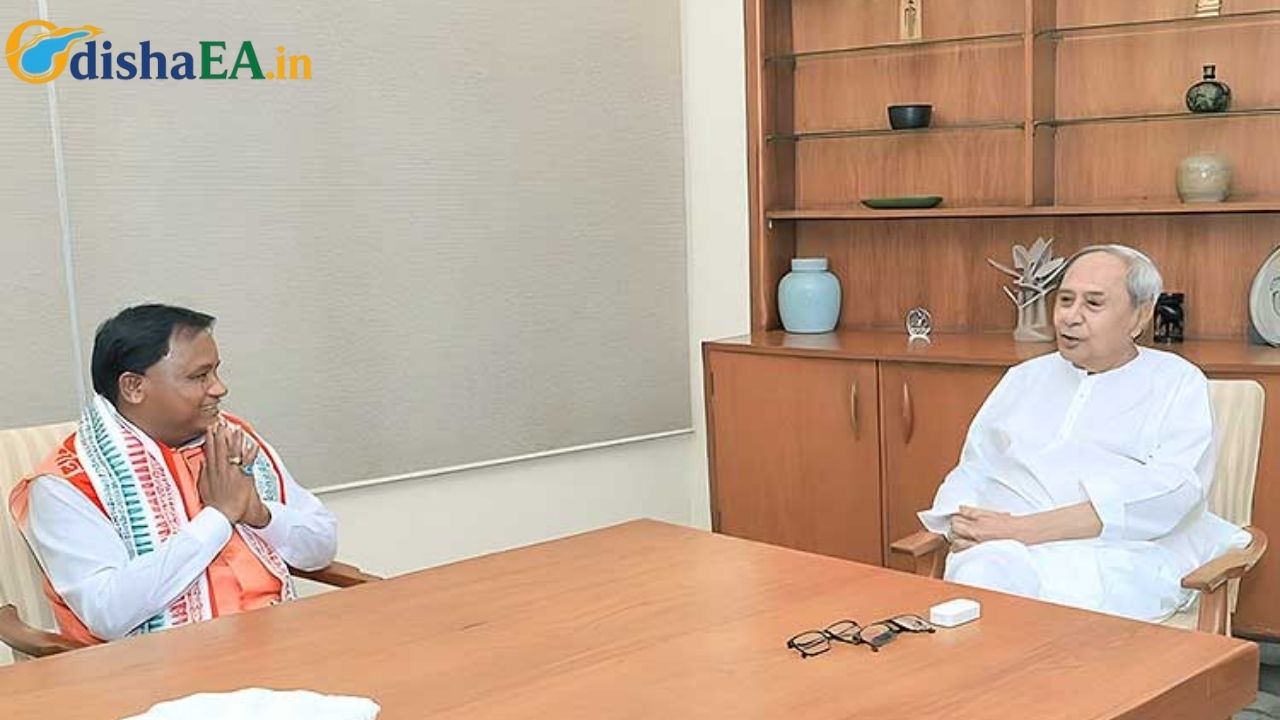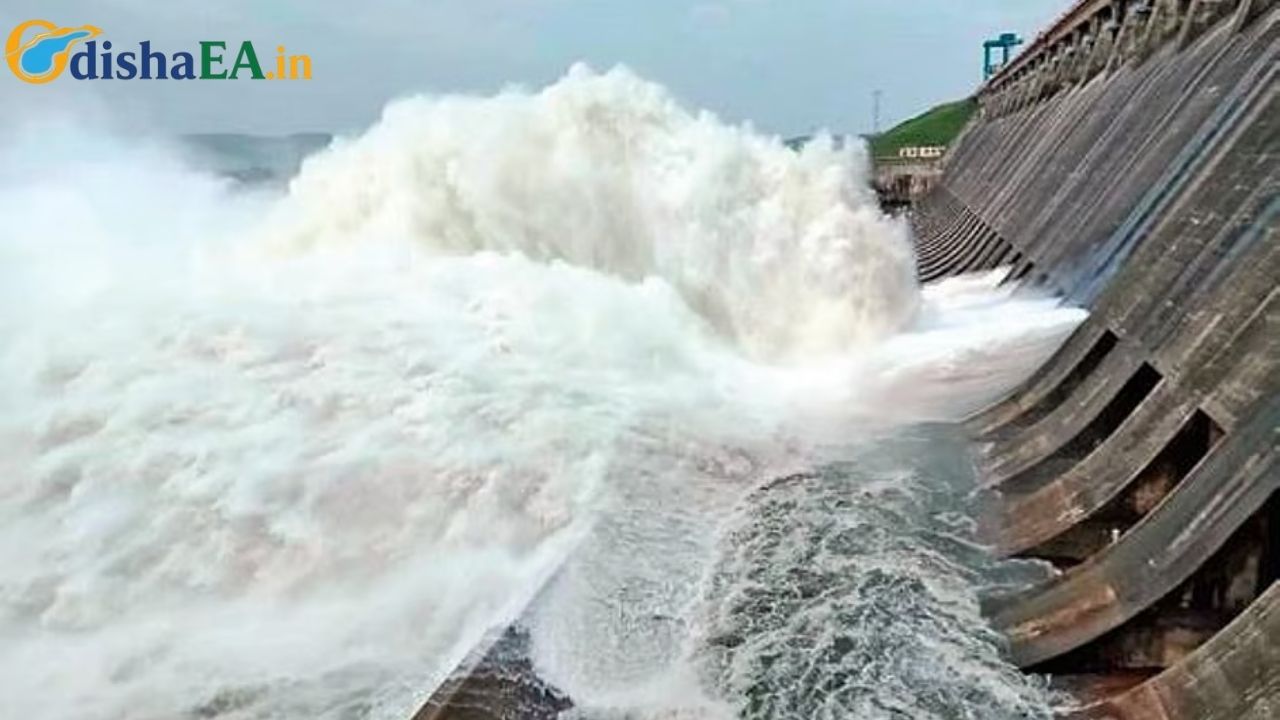If you’ve ever celebrated Krishna Janmashtami, you know the joy and energy it brings. But did you know that the celebration doesn’t stop there? At the world-famous Puri Srimandir (Jagannath Temple in Puri, Odisha, India), the very next day is dedicated to another grand festival called Nanda Utsav—a tradition that beautifully continues the story of Krishna’s birth and early childhood.
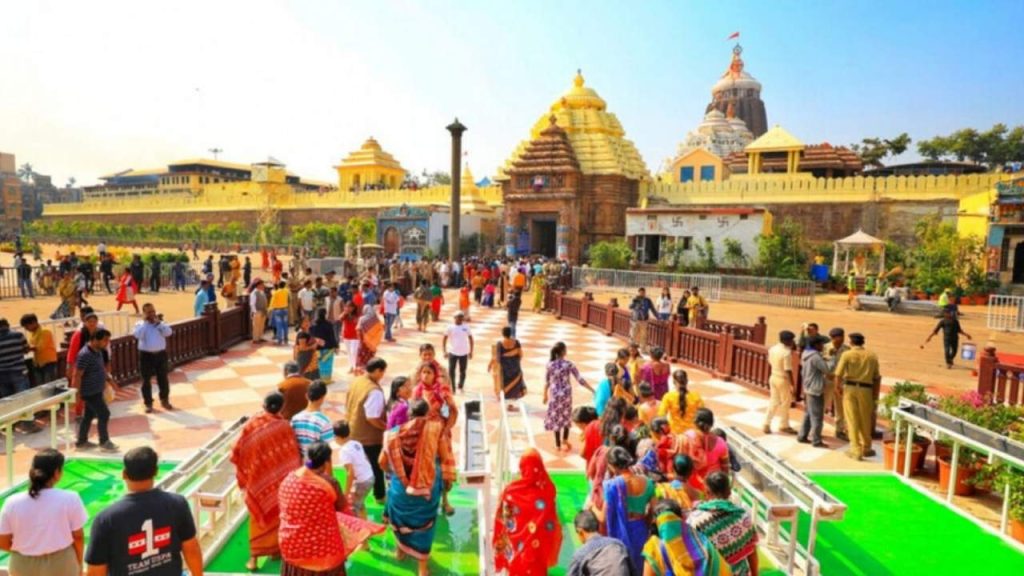
Nanda Utsav, sometimes called Nandotsava, is the festival that honors Nanda Maharaj, Krishna’s foster father, who played a huge role in raising the divine child. At Puri Srimandir, this day unfolds with spectacular rituals, vibrant traditions, and a whole lot of spiritual significance. And honestly? It’s like the after-party to Janmashtami—only holier, deeper, and way more layered in meaning.
Nanda Utsav at Puri Srimandir
| Topic | Details |
|---|---|
| Festival Name | Nanda Utsav (Nandotsava) |
| Location | Jagannath Temple (Srimandir), Puri, Odisha, India |
| When | Celebrated the day after Krishna Janmashtami (Bhadrapada Krishna Navami) |
| Purpose | Honors Nanda Maharaj, Krishna’s foster father |
| Key Rituals | Palanquin procession, swing ceremony, cow’s milk offering, “Bijuli Kanyaku Mariba Niti” |
| Cultural Essence | Symbolizes fatherly love, divine upbringing, and continuation of Krishna’s lilas |
| Official Reference | Shree Jagannath Temple Official Website |
Nanda Utsav at Puri Srimandir isn’t just a ritual; it’s a celebration of love, family, and divine playfulness. By honoring Nanda Maharaj, it reminds us that behind every great child is a parent—sometimes biological, sometimes foster—whose devotion shapes destiny. Whether you see it as a spiritual practice, a cultural performance, or simply a grand festive tradition, it’s an event that blends history, faith, and human emotion into one unforgettable experience.
Why Nanda Utsav Matters
In Hindu traditions, we celebrate Krishna’s birth on Janmashtami, but what about the people who raised him? That’s where Nanda Utsav comes in. Think of it as giving a well-deserved shout-out to the foster dad, Nanda Maharaj, whose care and love shaped Krishna’s childhood.
At Puri Srimandir, this festival has been observed for centuries, blending ancient rituals with cultural storytelling. The vibe is spiritual, but also playful—almost like watching a Broadway show mixed with a Sunday church gathering, with a dash of state fair energy thrown in.

Rituals and Traditions at Puri Srimandir
1. Early Morning Start
The day kicks off right after Mangala Arati (the first morning prayer). Deities like Lord Ram, Lord Krishna, and Lord Madanmohan are carried to the Doli Mandap (swing pavilion) inside the temple’s Jagamohan (assembly hall).
2. Bijuli Kanyaku Mariba Niti
This unique ritual literally translates to “striking the lightning maiden.” Don’t worry—it’s symbolic! It represents protection against evil forces and celebrates the divine power that keeps Krishna safe.
3. Palanquin Procession
Decked in fresh flowers, sandalwood paste, and new garments, the idols are taken on a palanquin ride through the Satapahach (seven steps) to the Lakshmi Temple. Think of it as a spiritual parade, where devotees get to witness gods being carried in style.
4. Role of Nanda Raja
A servitor, known as Bhitarchha Mahapatra, takes on the role of Nanda Maharaj. He symbolically visits places inside the temple, re-enacting the joy of Krishna’s foster father. It’s both theatrical and deeply emotional.
5. Cow’s Milk Ceremony
Fresh cow’s milk is offered to the deities in silver vessels. This isn’t just a ritual—it’s a reminder of Krishna’s childhood as the butter-loving cowherd of Vrindavan. Devotees see it as a symbol of purity, nourishment, and divine care.
6. Swinging the Divine Children
Finally, Krishna and his brother Balaram (sometimes represented as Ram) are placed on a beautifully decorated swing. Nanda Raja (the role-played servitor) joyfully swings them, celebrating the bliss of fatherhood and divine love.
The Bigger Picture: Spiritual and Cultural Significance
So why does all this matter? Beyond the rituals and the drama, Nanda Utsav teaches us some powerful lessons:
- Celebrating Parenthood: While Janmashtami focuses on Krishna’s birth, Nanda Utsav celebrates the love, care, and responsibilities of foster parents.
- Community Vibes: The rituals involve dozens of servitors, priests, and devotees, showing how spirituality thrives in togetherness.
- Cultural Storytelling: Each ritual is like a live re-enactment, helping even kids understand the stories of Krishna’s early life.
In fact, anthropologists often point out that festivals like Nanda Utsav serve as living museums of tradition, keeping centuries-old values alive in a way that feels engaging and current.
What Americans Can Learn from Nanda Utsav
If you’re from the U.S., think of this as similar to how we celebrate Father’s Day or how communities gather for events like Thanksgiving parades. It’s not just about the event—it’s about gratitude, storytelling, and passing down traditions.
Also, the idea of celebrating foster parents feels very modern and progressive. In a society where blended families and adoptive parents play vital roles, Nanda Utsav reminds us that love makes a family, not just blood ties.
Practical Guide: How to Experience Nanda Utsav
If you ever plan to visit India (especially Odisha), here’s a quick guide to making the most of Nanda Utsav at Puri Srimandir:
- Timing Matters: The festival takes place the day after Janmashtami, usually in August or September (based on the lunar calendar). Check the Jagannath Temple calendar for exact dates.
- Early Start: Arrive before dawn to witness Mangala Arati. This is when the magic begins.
- Observe Rituals: Don’t miss the palanquin procession and swing ceremony. These are the heart of the festival.
- Respect Traditions: Photography is restricted inside the temple. Soak in the moments with your eyes, not your phone.
- Taste the Mahaprasad: The temple kitchen serves a divine feast. Fun fact: It’s one of the largest kitchens in the world!
- Engage with Locals: Talk to temple servitors or local guides. Their storytelling adds depth to the experience.
Vedanta Launches Mobile Health Unit to Bring Healthcare to Rayagada and Kalahandi
CM Joins Grand Tiranga Yatra in Cuttack, Celebrates ‘Har Ghar Tiranga’ Spirit
Khanduru Farmers Abandon Betel Cultivation as Government Support Falters
FAQs
Q1: What is the difference between Janmashtami and Nanda Utsav?
Janmashtami celebrates Krishna’s birth, while Nanda Utsav honors his foster father Nanda Maharaj the next day.
Q2: Is Nanda Utsav celebrated outside Odisha?
Yes. North Indian states like Uttar Pradesh and Bihar also celebrate Nandotsava, often with plays (Raslila) and folk performances.
Q3: Can foreigners visit Puri Srimandir during Nanda Utsav?
Currently, only Hindus are allowed inside the Jagannath Temple. However, non-Hindu visitors can witness celebrations around the temple area and enjoy the festive atmosphere in Puri.
Q4: Why is milk important in the rituals?
Milk and butter are directly tied to Krishna’s childhood stories as a cowherd. It symbolizes nourishment, purity, and divine blessings.
Q5: What happens after Nanda Utsav?
The temple continues with Banabhoji Besha and other “Lilas” like Bakasura Badha (slaying of the Bakasura demon), which are dramatized rituals.

